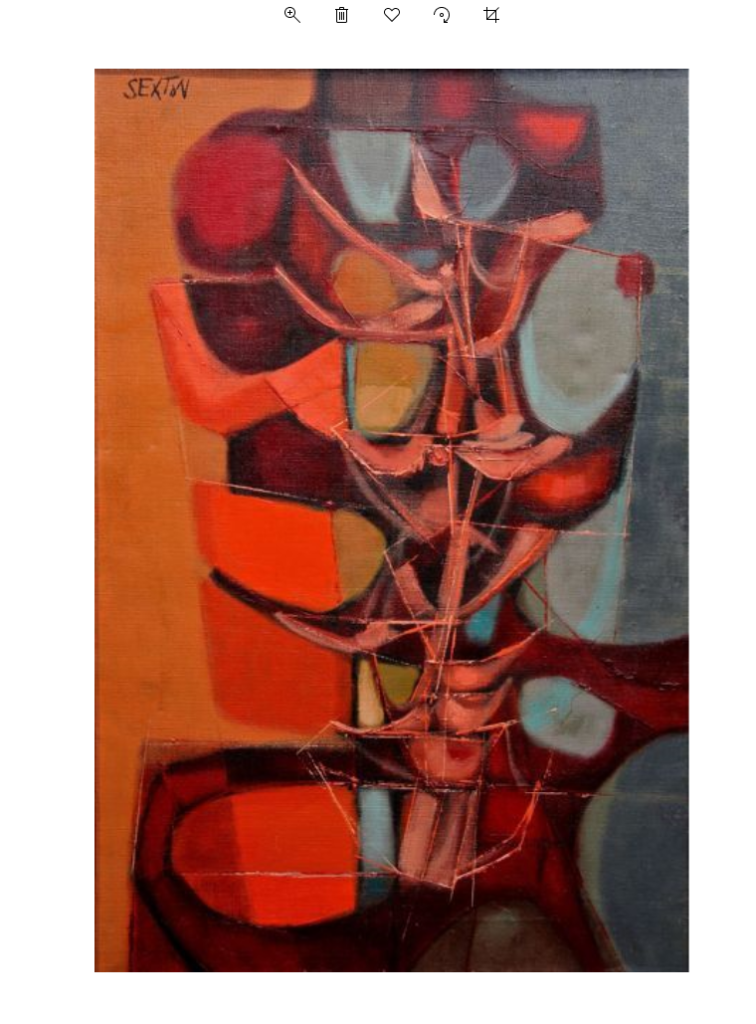Who was Mona Lisa?
Mona Lisa is the most famous painting in the world and a timeless masterpiece by Leonardo da Vinci. It is a portrait of a woman with an enigmatic smile, which has captivated viewers for centuries and has become one of the most iconic and recognizable works of art in the world.
The painting was created during the Italian Renaissance in the early 16th century. It is believed to depict Lisa del Giocondo, the wife of a wealthy Florentine merchant. The painting is known for its subtle use of sfumato, a technique that creates a soft, hazy effect, and for its realistic depiction of the human form.
Read also:Discover The Enchanting World Of Simcity Amariah
The Mona Lisa has been the subject of much debate and speculation over the centuries. Some believe that the woman in the painting is actually a self-portrait of Leonardo da Vinci, while others believe that she is a representation of the ideal woman. The painting has also been the subject of theft and vandalism, and it has been housed in the Louvre Museum in Paris since 1797.
| Name | Birth Date | Birth Place | Death Date | Death Place |
|---|---|---|---|---|
| Lisa del Giocondo | 1479 | Florence, Italy | 1542 | Florence, Italy |
The Mona Lisa is one of the most popular and beloved works of art in the world. It has been reproduced and imitated countless times, and it has been the subject of numerous books, articles, and films. The painting is a testament to theof Leonardo da Vinci and continues to inspire and fascinate people around the world.
Mona Lisa
The Mona Lisa is one of the most famous paintings in the world and a timeless masterpiece by Leonardo da Vinci. It is a portrait of a woman with an enigmatic smile, which has captivated viewers for centuries and has become one of the most iconic and recognizable works of art in the world.
- Artist: Leonardo da Vinci
- Date: c. 1503-1519
- Medium: Oil on wood
- Dimensions: 77 cm 53 cm (30 in 21 in)
- Location: Louvre Museum, Paris
- Estimated value: Priceless
The Mona Lisa is known for its subtle use of sfumato, a technique that creates a soft, hazy effect, and for its realistic depiction of the human form. The painting has been the subject of much debate and speculation over the centuries, and it continues to inspire and fascinate people around the world.
1. Artist
Leonardo da Vinci was an Italian Renaissance artist, inventor, engineer, and scientist. He is widely considered one of the greatest painters of all time, and his work, including the Mona Lisa, is renowned for its realism, detail, and beauty.
The Mona Lisa is one of the most famous paintings in the world, and it is largely due to Leonardo's skill as an artist that the painting is so iconic. Leonardo's use of sfumato, a technique that creates a soft, hazy effect, gives the Mona Lisa her enigmatic smile and makes the painting appear to be almost alive.
Read also:The Evolution Of Scotty A Transformation Before And After Plastic Surgery
Leonardo's genius is evident in all of his work, but the Mona Lisa is perhaps his greatest masterpiece. The painting is a testament to his skill as a painter and his deep understanding of the human form. The Mona Lisa is a timeless work of art that continues to inspire and fascinate people around the world.
2. Date
The Mona Lisa is believed to have been painted between 1503 and 1519, during the Italian Renaissance. This was a period of great artistic and intellectual achievement, and Leonardo da Vinci was one of the most important figures of the time. The painting is a testament to Leonardo's skill as an artist and his deep understanding of the human form.
The date of the Mona Lisa is significant for several reasons. First, it helps to place the painting in its historical context. The Italian Renaissance was a time of great change and upheaval, and the Mona Lisa reflects the new spirit of humanism and individualism that was emerging at the time.
Second, the date of the Mona Lisa helps us to understand Leonardo's development as an artist. The Mona Lisa is one of his later works, and it shows a mastery of technique and a deep understanding of the human form that is not evident in his earlier work.
Finally, the date of the Mona Lisa is important because it helps us to appreciate the painting's enduring legacy. The Mona Lisa has been admired and studied for centuries, and it continues to be one of the most popular and iconic works of art in the world.
3. Medium
The Mona Lisa is painted in oil on wood, a technique that was relatively new at the time. This technique allowed Leonardo da Vinci to create a smooth, blended effect, and to achieve the subtle sfumato that is so characteristic of the painting.
Oil on wood was a significant advance over the tempera technique that was commonly used at the time. Tempera is a water-based paint that dries quickly, making it difficult to blend colors and create smooth transitions. Oil on wood, on the other hand, dries more slowly, giving the artist more time to work the paint and achieve the desired effect.
The use of oil on wood also allowed Leonardo da Vinci to create a more durable painting. Tempera paintings are susceptible to cracking and flaking, but oil paintings are much more stable. This is one of the reasons why the Mona Lisa has survived for over 500 years in such good condition.
The choice of oil on wood as the medium for the Mona Lisa was a significant factor in the painting's success. This technique allowed Leonardo da Vinci to create a work of art that is both beautiful and durable, and that has stood the test of time.
4. Dimensions
The dimensions of the Mona Lisa are an important factor in understanding the painting's composition and overall impact. The relatively small size of the painting allows Leonardo da Vinci to create a sense of intimacy and focus on the sitter's face and expression. This intimacy is further enhanced by the painting's close cropping, which draws the viewer's attention to the sitter's enigmatic smile.
The dimensions of the Mona Lisa also contribute to the painting's sense of balance and harmony. The painting is divided into two roughly equal halves by the sitter's face, and the sitter's body is positioned slightly to the left of center. This creates a sense of visual tension that is resolved by the sitter's calm and composed expression.
The dimensions of the Mona Lisa are not only important for their aesthetic impact, but also for their practical significance. The relatively small size of the painting makes it easy to transport and display, and it has allowed the painting to be seen by millions of people around the world.
In conclusion, the dimensions of the Mona Lisa are an important factor in understanding the painting's composition, impact, and significance. The painting's small size and close cropping create a sense of intimacy and focus, while the balanced and harmonious arrangement of the sitter's body and face contribute to the painting's overall sense of beauty and appeal.
5. Location
The Mona Lisa is housed in the Louvre Museum in Paris, France. This location is significant for several reasons.
First, the Louvre is one of the most prestigious and well-known museums in the world. It is home to a vast collection of art and artifacts from around the world, and it is a popular destination for tourists and art lovers alike.
Second, the Louvre provides a safe and secure environment for the Mona Lisa. The painting is housed in a climate-controlled room, and it is protected by bulletproof glass. This ensures that the painting is protected from damage and theft.
Third, the Louvre's location in Paris makes it easily accessible to visitors from around the world. Paris is a major international hub, and it is easy to get to the Louvre by plane, train, or car.
The Mona Lisa's location in the Louvre Museum is significant because it ensures that the painting is safe, secure, and accessible to visitors from around the world.
6. Estimated value
The Mona Lisa is estimated to be priceless, meaning that it has no monetary value. This is due to several factors, including its historical significance, its artistic value, and its cultural impact.
- Historical significance
The Mona Lisa is one of the most famous and iconic works of art in the world. It was painted by Leonardo da Vinci during the Italian Renaissance, and it is considered to be one of the greatest masterpieces of all time. The painting is a testament to Leonardo's genius and his deep understanding of the human form.
- Artistic value
The Mona Lisa is a masterpiece of art. Leonardo's use of sfumato, a technique that creates a soft, hazy effect, gives the painting an enigmatic and timeless quality. The painting's composition and balance are also perfect, and it is a testament to Leonardo's skill as an artist.
- Cultural impact
The Mona Lisa has had a profound impact on world culture. The painting has been reproduced and imitated countless times, and it has been the subject of numerous books, articles, and films. The Mona Lisa is a symbol of beauty, art, and mystery, and it continues to fascinate and inspire people around the world.
Due to its historical significance, artistic value, and cultural impact, the Mona Lisa is truly priceless. It is a work of art that is beyond compare, and it is a treasure that will be cherished for centuries to come.
Frequently Asked Questions about the Mona Lisa
The Mona Lisa is one of the most famous and iconic works of art in the world. It is a portrait of a woman with an enigmatic smile, and it has been the subject of much debate and speculation over the centuries.
Here are answers to some of the most frequently asked questions about the Mona Lisa:
Question 1: Who painted the Mona Lisa?
The Mona Lisa was painted by Leonardo da Vinci, an Italian Renaissance artist. He is considered to be one of the greatest painters of all time, and the Mona Lisa is one of his most famous works.
Question 2: When was the Mona Lisa painted?
The Mona Lisa was painted between 1503 and 1519. It is believed to have been commissioned by a wealthy Florentine merchant named Francesco del Giocondo as a portrait of his wife, Lisa Gherardini.
Question 3: What is the Mona Lisa's smile?
The Mona Lisa's smile is one of the most famous and enigmatic aspects of the painting. It is a subtle smile that seems to change depending on the viewer's perspective. Some people see it as a happy smile, while others see it as a sad smile. There is no definitive answer to what the Mona Lisa's smile means, and it is one of the things that makes the painting so fascinating.
Question 4: Why is the Mona Lisa so famous?
The Mona Lisa is famous for several reasons. It is a masterpiece of art, and it is one of the most iconic paintings in the world. It is also famous for its enigmatic smile and for the many mysteries surrounding it. The Mona Lisa has been the subject of much debate and speculation over the centuries, and it continues to fascinate people around the world.
Question 5: Where is the Mona Lisa located?
The Mona Lisa is located in the Louvre Museum in Paris, France. It is one of the most popular attractions in the museum, and it is visited by millions of people each year.
The Mona Lisa is a truly remarkable work of art, and it is no wonder that it is one of the most famous and iconic paintings in the world. It is a painting that has fascinated people for centuries, and it will likely continue to fascinate people for centuries to come.
Transition to the next article section:
The Mona Lisa is just one of the many masterpieces housed in the Louvre Museum. To learn more about the Louvre and its collection, please click here.
Conclusion
The Mona Lisa is one of the most famous and iconic works of art in the world. It is a masterpiece of painting and a testament to the genius of Leonardo da Vinci. The painting has been the subject of much debate and speculation over the centuries, and it continues to fascinate people around the world.
In this article, we have explored the Mona Lisa from a variety of perspectives. We have discussed its history, its artistic value, and its cultural impact. We have also answered some of the most frequently asked questions about the painting.
We hope that this article has given you a better understanding of the Mona Lisa and its importance. This painting is a true masterpiece, and it is a treasure that will be cherished for centuries to come.


